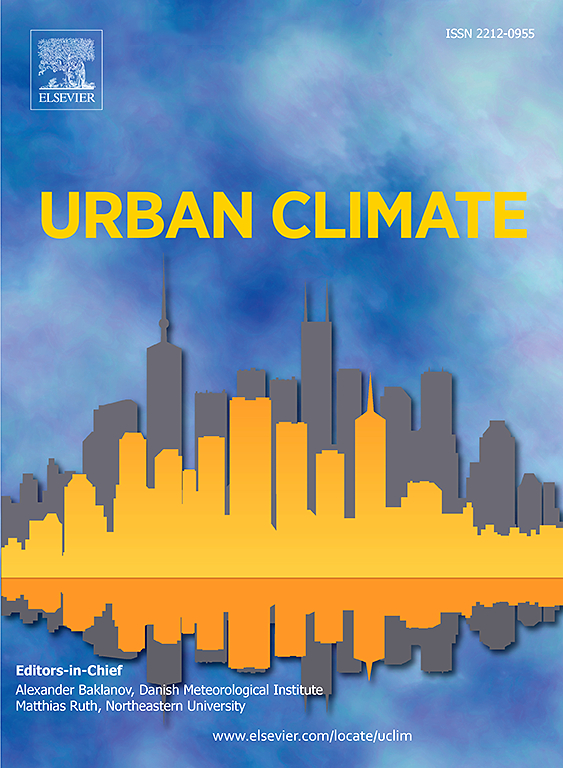Environmental and health impacts of potentially toxic elements in urban areas in the eastern Amazon
IF 6
2区 工程技术
Q1 ENVIRONMENTAL SCIENCES
引用次数: 0
Abstract
In the Amazon, the expansion of urbanization and industrialization may be increasing the levels of potentially toxic elements (PTEs) in densely populated areas. The objectives of this study were to determine the total, bioavailable, and bioaccessible concentrations of PTEs, as well as to assess their environmental and human health risks in soil and road dust in the metropolitan region of Belém (MRB), eastern Amazon. For this purpose, eighty-one samples were collected in five municipalities: Belém, Ananindeua, Marituba, Benevides, and Santa Bárbara do Pará. The concentrations of PTEs were extracted via acid digestion and used to calculate contamination and risk indices. The contamination factors varied from moderate (2.7) to very high (19.5) for Al, As, Ba, Cr, Cu, Mn, Mo, Ni, Pb, and Zn in both matrices, except for Ba (1.0) and Mn (0.9) in the soil. The potential ecological risk was moderate for As (risk factor of 60.7) and the combined effect of PTEs in dust (risk index of 161.4). Potential carcinogenic risks of As and Cr were identified (hazard index > 0.0001) for adults and children, with the exception of Cr for adults. However, the bioavailable and bioaccessible (oral and pulmonary) concentrations of all PTEs indicate low current risks. The findings of this study can be used to protect the health of the environment and the inhabitants of the MRB.
亚马逊东部城市地区潜在有毒元素对环境和健康的影响
在亚马逊地区,城市化和工业化的扩张可能会增加人口稠密地区潜在有毒元素(pte)的水平。本研究的目的是确定pte的总浓度、生物可利用浓度和生物可及浓度,并评估其在亚马逊东部bel姆市区(MRB)土壤和道路粉尘中的环境和人类健康风险。为此目的,在五个城市收集了81个样本:贝尔萨姆、阿纳宁多瓦、马里图巴、贝内维德斯和圣Bárbara do par。通过酸消化提取pte浓度,计算污染指数和风险指数。除了土壤中的Ba(1.0)和Mn(0.9)外,两种基质中Al、As、Ba、Cr、Cu、Mn、Mo、Ni、Pb和Zn的污染因子从中等(2.7)到非常高(19.5)不等。As(风险系数为60.7)和粉尘中pte的综合影响(风险指数为161.4)的潜在生态风险为中等。确定了砷和铬的潜在致癌风险(危害指数>;成人和儿童0.0001),成人Cr除外。然而,所有pte的生物利用度和生物可及性(口服和肺部)浓度表明当前风险较低。本研究结果可用于保护MRB的环境和居民的健康。
本文章由计算机程序翻译,如有差异,请以英文原文为准。
求助全文
约1分钟内获得全文
求助全文
来源期刊

Urban Climate
Social Sciences-Urban Studies
CiteScore
9.70
自引率
9.40%
发文量
286
期刊介绍:
Urban Climate serves the scientific and decision making communities with the publication of research on theory, science and applications relevant to understanding urban climatic conditions and change in relation to their geography and to demographic, socioeconomic, institutional, technological and environmental dynamics and global change. Targeted towards both disciplinary and interdisciplinary audiences, this journal publishes original research papers, comprehensive review articles, book reviews, and short communications on topics including, but not limited to, the following:
Urban meteorology and climate[...]
Urban environmental pollution[...]
Adaptation to global change[...]
Urban economic and social issues[...]
Research Approaches[...]
 求助内容:
求助内容: 应助结果提醒方式:
应助结果提醒方式:


